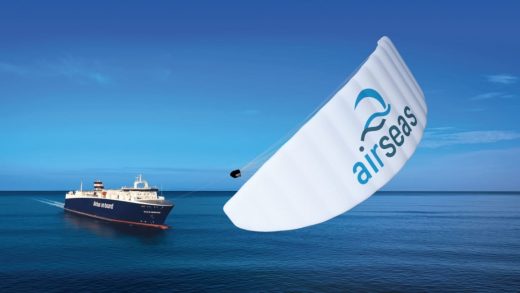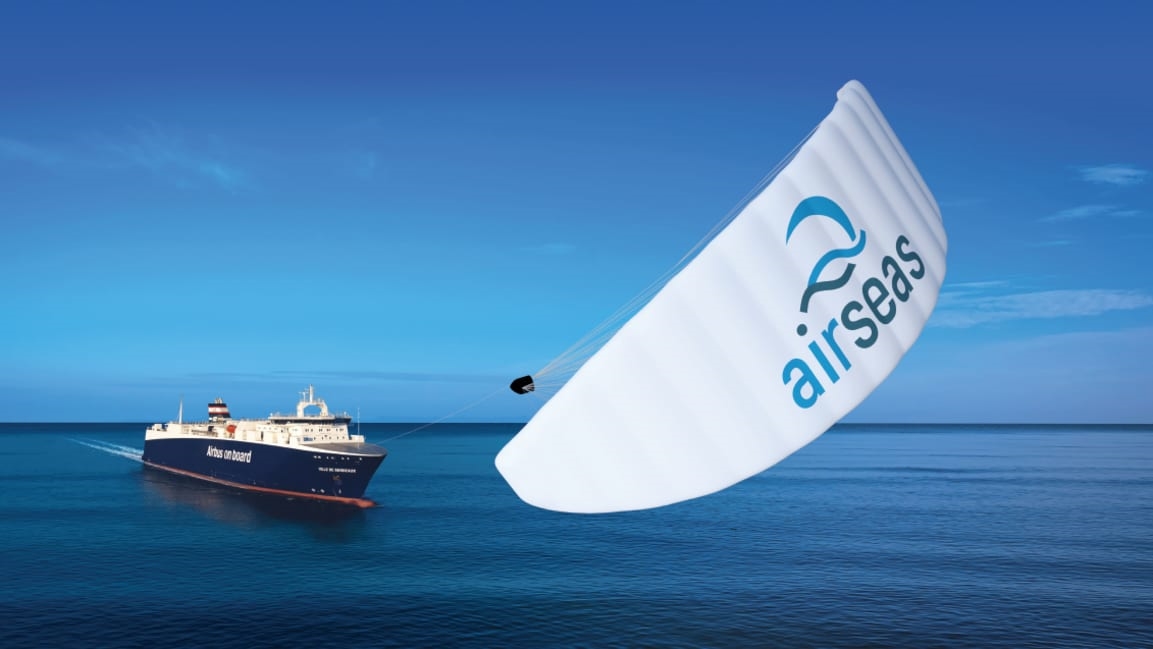This giant kite helps power cargo ships and reduces greenhouse gas emissions by 20%
When the now-infamous container ship, Ever Given, got wedged across the Suez Canal last year, it caused an unprecedented global traffic jam that reverberated across supply chains for months. That’s because every day, a whopping 55,000 merchant ships crisscross the oceans. Almost all of those ships run on fossil fuels; now, French company Airseas is hoping to change that with the help of an invisible force: the wind.
Founded by former Airbus engineers, Airseas has designed a 10,000-square-foot kite system dubbed Seawing. It can be deployed at the touch of a button and help tow large cargo ships by harnessing the power of the wind. Think of it like an epic kitesurfing setup, where the kite is operated by an automated flight control system first developed for the aerospace industry—and the kitesurfer is, well, a 50,000-ton cargo ship.
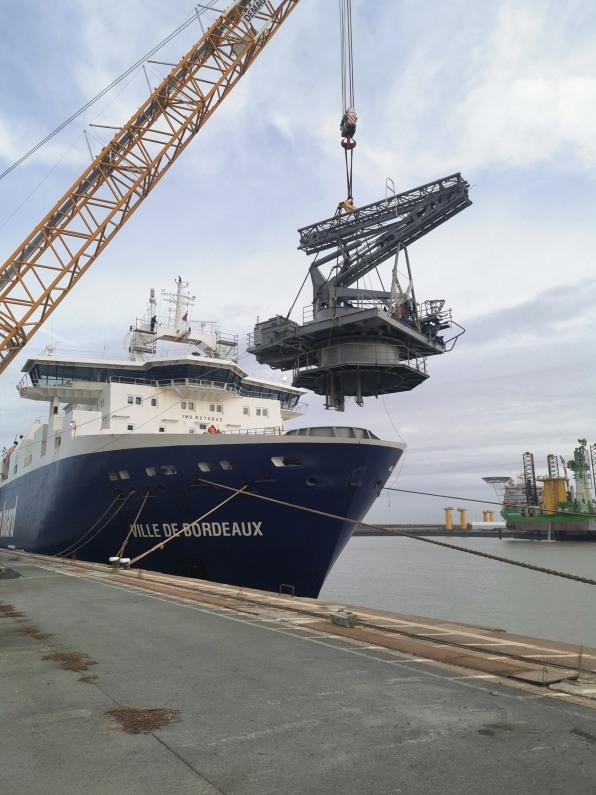
Maritime shipping is responsible for about 2.5% of global greenhouse gas emissions (about as much as planes). Airseas estimates that Seawing could cut both fuel costs and carbon emissions by at least 20%—and the first cargo ship equipped with one is crossing the Atlantic as we speak.
Airseas was founded in 2016, after a successful pilot project that used a smaller, 170-square-foot kite. Now, a 5,400-square-foot kite (half the size of what it will eventually be) has been installed on a $30 million, 505-foot-long cargo ship that left the French coast of Brittany on December 14. It will sail back and forth between Europe and North America for six months. Owned and operated by Louis Dreyfus and chartered by Airbus, the so-called Ville de Bordeaux transports major aircraft components between France and the United States. (The system can be installed on any type of ship, including cruise liners; but for now, the company’s focus is on merchant ships like container ships and tankers.)
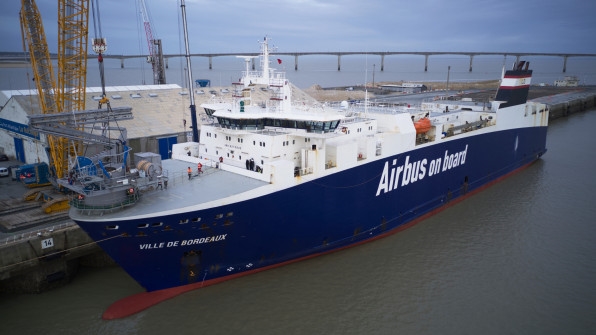
Seawing was installed on the cargo ship in under 12 hours: It includes a parafoil kite (a kind of aerodynamic shape that is better inflated by the wind and is used by NASA and SpaceX during landings) and the equipment needed to operate it. When the ship reaches international waters, Seawing deploys automatically at the touch of a button. The kite emerges from storage, the mast unfolds, the kite rises up and catches the wind. It is then released at about 900 feet above sea level, held back to the bottom of the mast by a long cable. Then, the kite begins to move in a figure-eight pattern, which makes it fly 10 times faster than a static kite pulled solely by the wind. All of this takes about 20 minutes, with no crew needed on deck. Back in 2014, a German company called SkySails deployed similar kites for cargo ships, but this is the first time the technology is automated.
Back on the bridge, Airseas computers manage all aspects of the kite operation, measuring various parameters like weather conditions and wind speeds in order to maximize the kite’s efficiency and find the best route possible without delays. Both the kite and the ship are recreated in a simulation model known as a “digital twin,” which is in constant dialogue with the physical system (with updates every 300 milliseconds).
The intent here isn’t to speed up the ship—in fact, a 2009 study found that if container ships slowed down by even 3 knots, they could burn about 33% less fuel—but to reduce the thrust on the main propellor, even though the sail won’t replace the engine. “There will always be a need for an engine to get in the harbor, and for safety reasons, but the idea is to support the ships to the maximum,” says Vincent Bernatets, cofounder and CEO of Airseas and a former aeronautical engineer at Airbus.
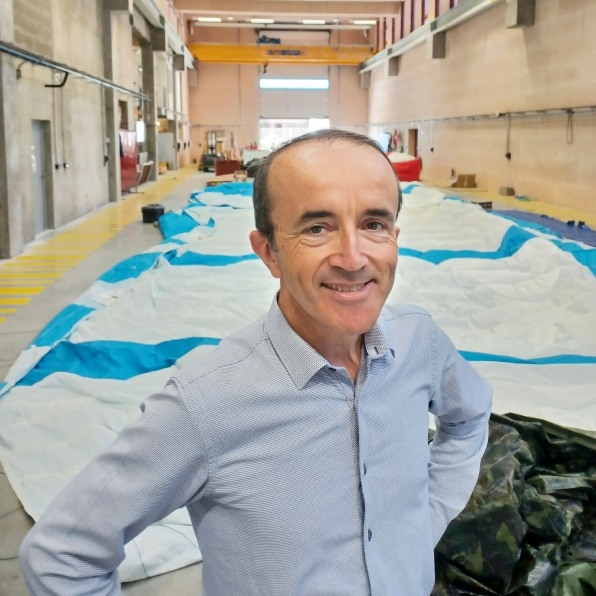
[Photo: courtesy Airseas]
By the end of the 6-month trial, Airseas hopes to demonstrate that Seawing can decrease the carbon footprint of the shipping industry while making business sense, too. “Our mission as a company is to reduce the environmental footprint of the maritime market, but we do it in a viable way,” says Bernatets, noting that fuel bills account for over 50% of a ship’s operational costs.
The system was designed to last at least 20 years, but the kite itself is made from polyester, which degrades from prolonged exposure to UV rays and has to be changed every 1 to 2 years. And while Bernatets declined to share how much it costs to retrofit the ship, he says that companies would reach a return on investments within 2.5 and 5 years. “Economy and ecology are working hand in hand,” he says.
(31)

